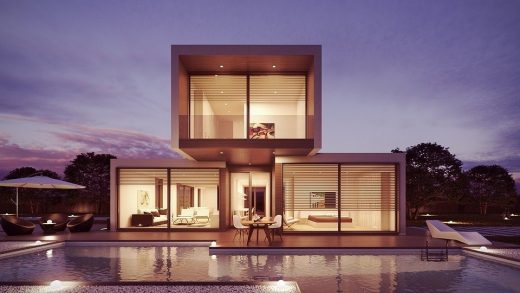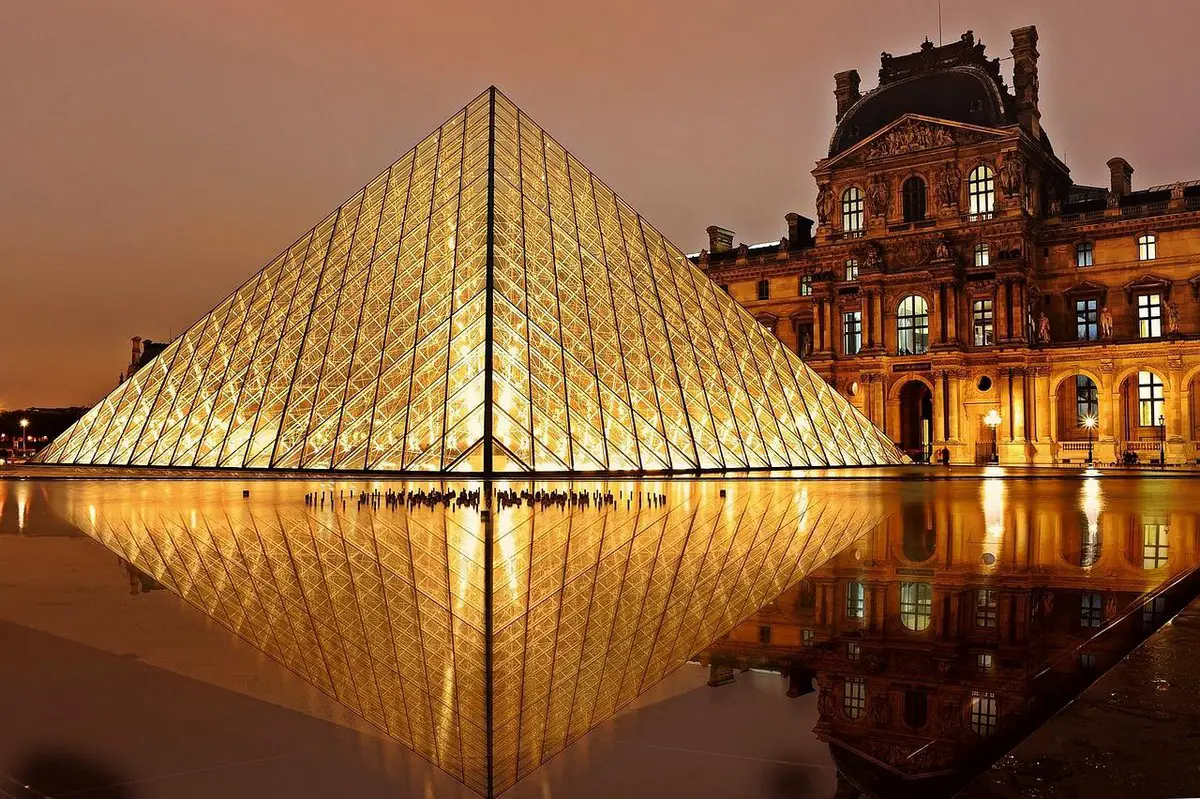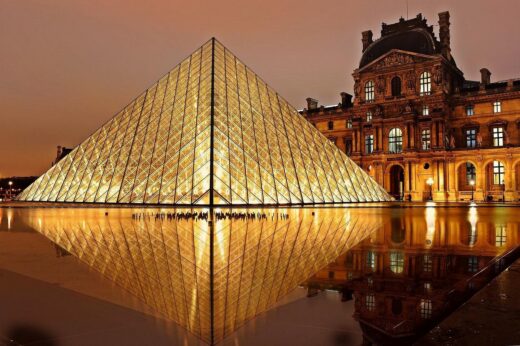Architectural form and nature Guide, Natural forms in buildings, Organic Design
Architectural form and nature
26 Nov 2020
Even the ancient Egyptians and Greeks used natural forms in their buildings. Representatives of the well-known stoic school of philosophy considered a man a part of nature, and the comprehension of its laws and their use in artistic creativity — a necessity. If we give an example and use the terminology of the modern world, then we can state that online casinos, like Gclub, are equal to everyday life.
Architectural form and nature advice
The interaction of architectural form and nature manifests itself in several aspects:
* structural-tectonic (study of structural systems and principles of living organisms and plants);
* climate (study of the reaction of natural forms to climate and their use in architecture);
* aesthetic (research of aesthetic properties of natural and architectural forms) and others.
In ancient Greece, sculpture with its cult of the human body was very closely associated with architecture. The great ancient theorist Vitruvius wrote: “If nature has arranged the human body that its parts correspond in their proportions to its general outline, then it seems to me that the ancients quite thoroughly established the rule that the proportionality of the individual parts of the building should exactly correspond to the general appearance of the structure.”
Scientific awareness and deep study of the functions and structures of wildlife became possible only in the middle of the XX century. Bionic principles are used in the design of structures, buildings, architectural complexes and cities. Many structural and tectonic systems: beams, columns, plates, frames, folds, shells resemble the roots, branches, trunks, leaves of plants, skeletons and shells of animals, the structure of the human body.
For example, a column is like a tree trunk, a console is like its leaves, an egg shell, a human or animal skull is like a shell, the spine of an animal resembles a beam, the leaf veins are ribbed frame trusses, and some leaves (Victoria Regia) are like a slab.
Comments on this guide to Architectural form and nature article are welcome.
Architectural Design
Architecture Posts
Importance Of Architectural Drawings In The Design Process
Architecture Portfolio Of Successful Architects Tips And Tricks
Architecture and our lifestyle
Buildings
Building Design Articles

image courtesy of article provider
Comments / photos for the Architectural form and nature advice page welcome






